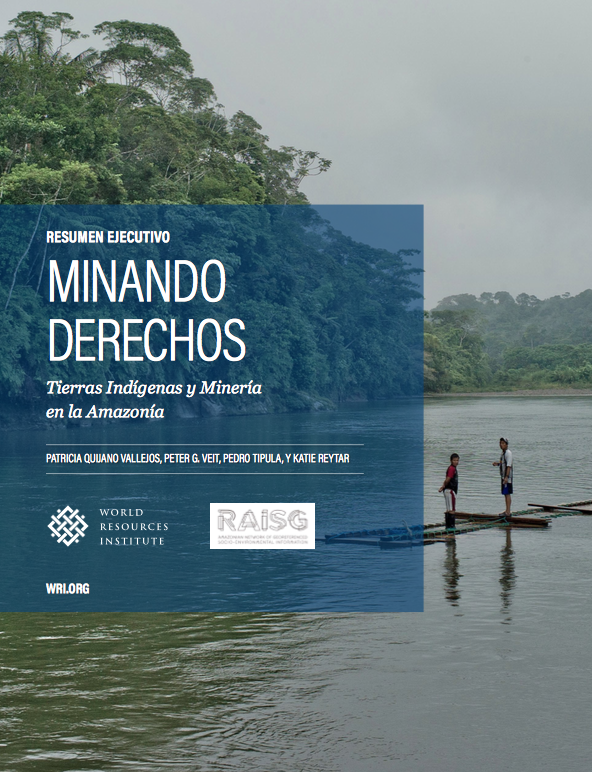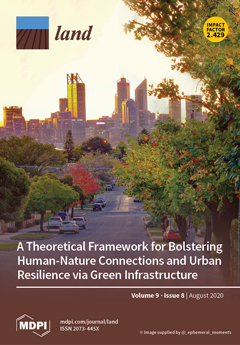Exploring Forest Change Spatial Patterns in Papua New Guinea: A Pilot Study in the Bumbu River Basin
Papua New Guinea is a country in Oceania that hosts unique rain forests and forest ecosystems which are crucial for sequestering atmospheric carbon, conserving biodiversity, supporting the livelihood of indigenous people, and underpinning the timber market of the country. As a result of urban sprawl, agricultural expansion, and illegal logging, there has been a tremendous increase in land-use land cover (LULC) change happening in the country in the past few decades and this has triggered massive deforestation and forest degradation.






